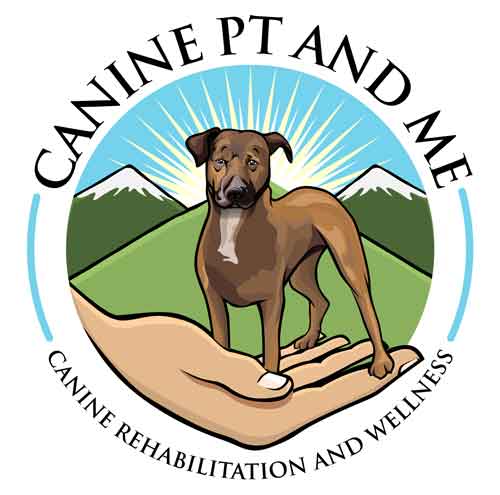How does a dog develop arthritis?
It’s a known fact that as we age, we are more prone to developing arthritis. The same is true for our furry friends. Arthritis is not a “normal” part of aging, but rather an inflammatory process of the joints and cartilage. Dogs are more susceptible to developing arthritis if they are obese or have been for a large majority of their life. Additionally, if a dog had a previous injury to a joint, they are more prone to developing arthritis.

Overtime, your pup can develop compensatory dysfunctions in the surrounding joints and tissues due to arthritic changes. Inherently this can cause other issues in those surrounding body parts as well as global pain.
What can Physical Therapy do for my dog?
By finding a certified canine rehab therapist, your therapist can use a variety of techniques to help decrease pain and improve mobility in your dog. A canine therapist will likely use manual therapy techniques to gain more motion in the arthritic joints as well as soft tissue massage. Often times, the muscles surrounding arthritic joints get tense and acquire trigger points (also known as knots) that can change the direction of pull of the muscle. By releasing/relaxing these muscles, your dog will already start to feel better.
Another technique that a canine therapist might use is a laser. That might sound scary, but the cold laser is a beneficial therapeutic tool. The laser can decrease pain and inflammation, increase blood flow, and stimulate tissue healing and cellular metabolism. These are all beneficial properties that happen at the cellular level, but overall have a positive impact on your pup.

While all of the above strategies are helpful on both a superficial and deep level for your dog, the best thing that your pup can benefit from is therapeutic exercise. By strengthening the areas around the arthritic joint, this can take the pressure off of the joint as well as create more stability. A certified canine therapist will determine the best treatment plan to address the underlying problem areas. They will target specific muscles groups to strengthen as well as address your dog’s flexibility and proprioception. Together, this will improve your dog’s functional mobility and help them to live a healthier, happier life without pain.
~Canine PT and Me Team
